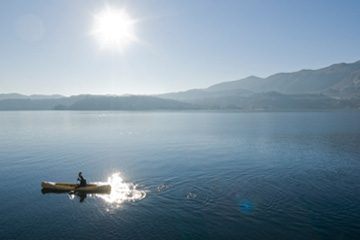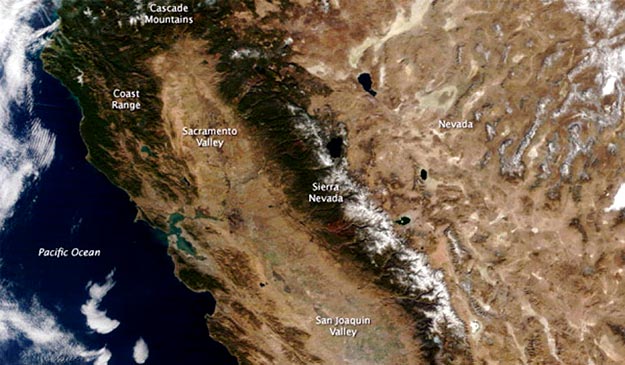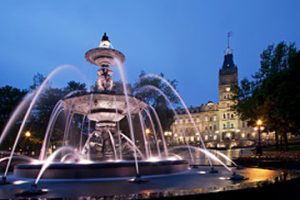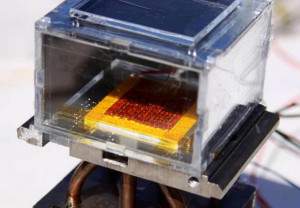
The sun plays such an important role in sustaining life on Earth, but did you know that its power can also be harnessed to help clean water?
Water is essential to human life, and it’s no mystery that the sun plays an important role in the water cycle on our planet, as water moves from clouds to rain to rivers, lakes and oceans, and back again. Scientists have discovered several ways to use the sun’s energy and the processes of evaporation and condensation to help sanitize water and make it safe to drink.
One of the simpler methods involves the use of solar stills. One of the first solar stills was developed in the 19th century when mine owners in Chile faced the problem of providing drinking water for their workers; by using a sun-operated distilling plant with a large area of glassed-over wooden frames, they could evaporate the contaminated water, recondense it and produce up to 6,000 gallons (22,712 liters) of fresh water in a single day. Read more





